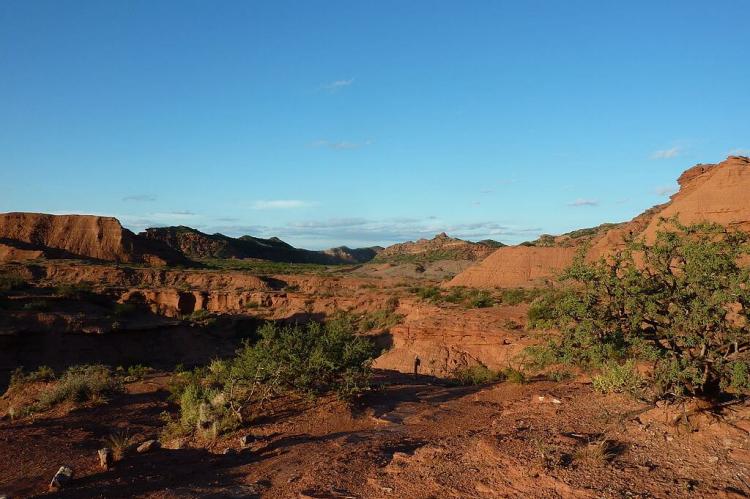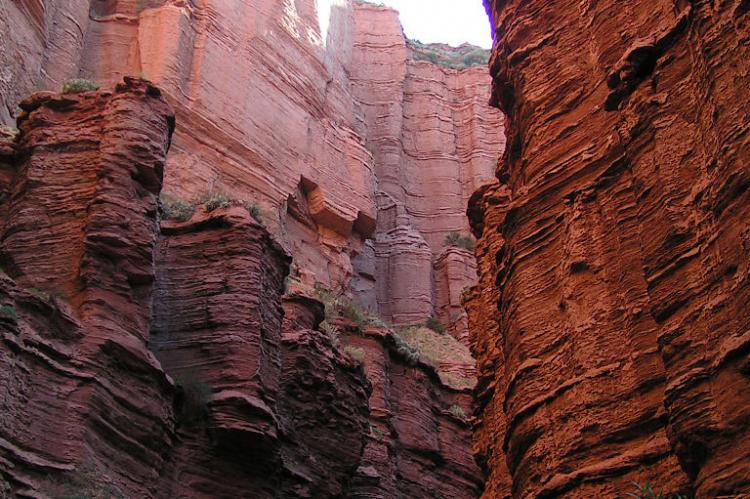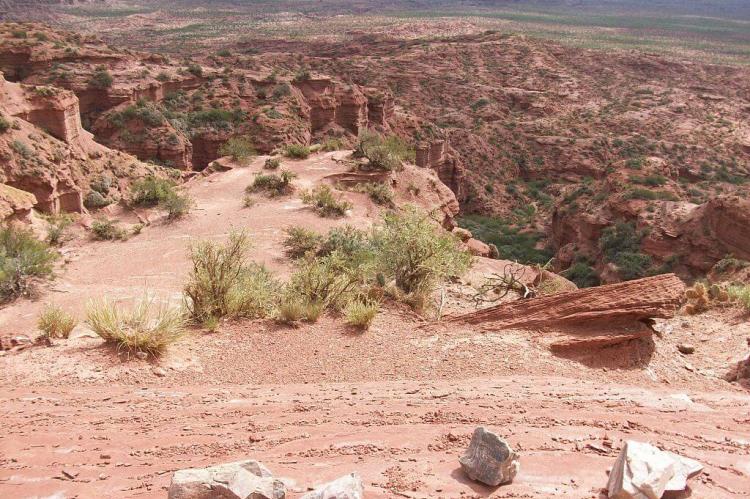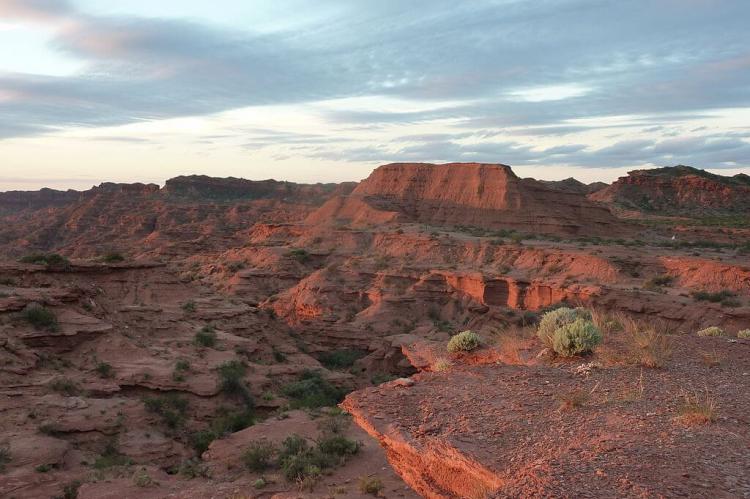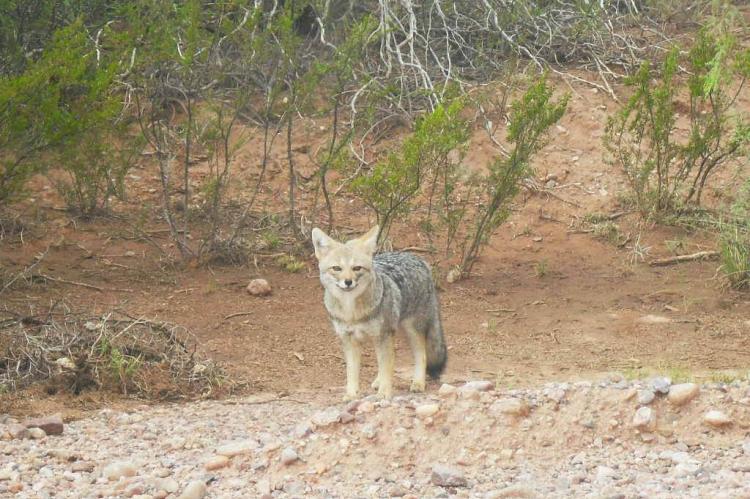Sierra de las Quijadas National Park: Preserving the Chaco-Monte Ecotone
Sierra de las Quijadas National Park is a protected area in Argentina's San Luis province. Established to safeguard the natural features of the Semiarid Chaco and Argentine Low Monte ecoregions, this park represents a critical transitional zone between these two distinct biomes.
Sierra de las Quijadas National Park: Preserving the Chaco-Monte Ecotone
Nestled in the heart of Argentina's San Luis province, Sierra de las Quijadas National Park is a unique and ecologically significant protected area. Established to safeguard the natural features of the Semiarid Chaco and Argentine Low Monte ecoregions, it represents a critical transitional zone between these two distinct biomes and offers a remarkable diversity of plant and animal life.
Geographical Setting and Geology
Sierra de las Quijadas National Park is in the northwestern part of the San Luis province, near Argentina's geographical center. The park is located within the San Luis Basin and is characterized by a complex geological history featuring sedimentary, metamorphic, and igneous outcrops of various ages. The Sierra de las Quijadas range has been lifted along a large north-south trending fracture, creating an elevation variation ranging from 500 to 900 meters (1,600 to 3,000 feet) above sea level.
Climatic Conditions and Hydrology
Sierra de las Quijadas National Park's climate is semiarid, with sharp temperature variations both seasonally and daily. Precipitation is generally scarce and unevenly distributed throughout the year, with a dry winter season and a wetter period from late spring to early autumn. The park's drainage network is predominantly shaped by ephemeral streams and the Arroyo de la Aguada, which drains the Potrero de la Aguada valley before emptying into the Desaguadero River.
Geological and Paleontological Significance
Sierra de las Quijadas National Park has diverse geological formations, including five Lower Cretaceous and one Tertiary-aged formation. This rich geological history has resulted in the discovery of numerous fossil remains, most notably the Pterodaustro guinazui, a pterosaur species whose first known fossils were found within the park's boundaries.
Biodiversity and Ecotone Dynamics
Sierra de las Quijadas National Park is in the Chaco-Monte ecotone, a transition zone between the Semiarid Chaco and Argentine Low Monte ecoregions. This unique position allows for the coexistence of species characteristic of both biomes, including the gray brocket, Chacoan mara, blue-crowned parakeet, and Argentine boa, as well as the pink fairy armadillo, sandy gallito, and Darwin's tree iguana. The parkalso has two endemic plant species: Senecio hualtaranensis and Atriplex quixadensis.
Conservation Challenges and Efforts
Despite its protected status, Sierra de las Quijadas National Park faces various conservation challenges. These include the encroachment of invasive plant species, such as the French tamarisk, and the potential impacts of climate change on the park's delicate ecosystems. In response, the Argentinian government and local conservation organizations have implemented various initiatives to safeguard the park's natural resources and promote sustainable practices.
Ecotourism and Environmental Education
Sierra de las Quijadas National Park offers tremendous ecotourism and environmental education potential. Visitors can immerse themselves in the park's unique geological features, paleontological history, and diverse array of plant and animal life. These initiatives can be vital in fostering greater appreciation and support for conserving this remarkable transitional ecosystem.
Conclusion
Sierra de las Quijadas National Park is a true testament to Argentina's commitment to preserving its natural heritage, a protected area that safeguards the delicate balance of the Chaco-Monte ecotone. As we work to protect this remarkable ecoregion, we must recognize its global significance and continue to support the collaborative efforts that will ensure its long-term sustainability for the benefit of present and future generations.
